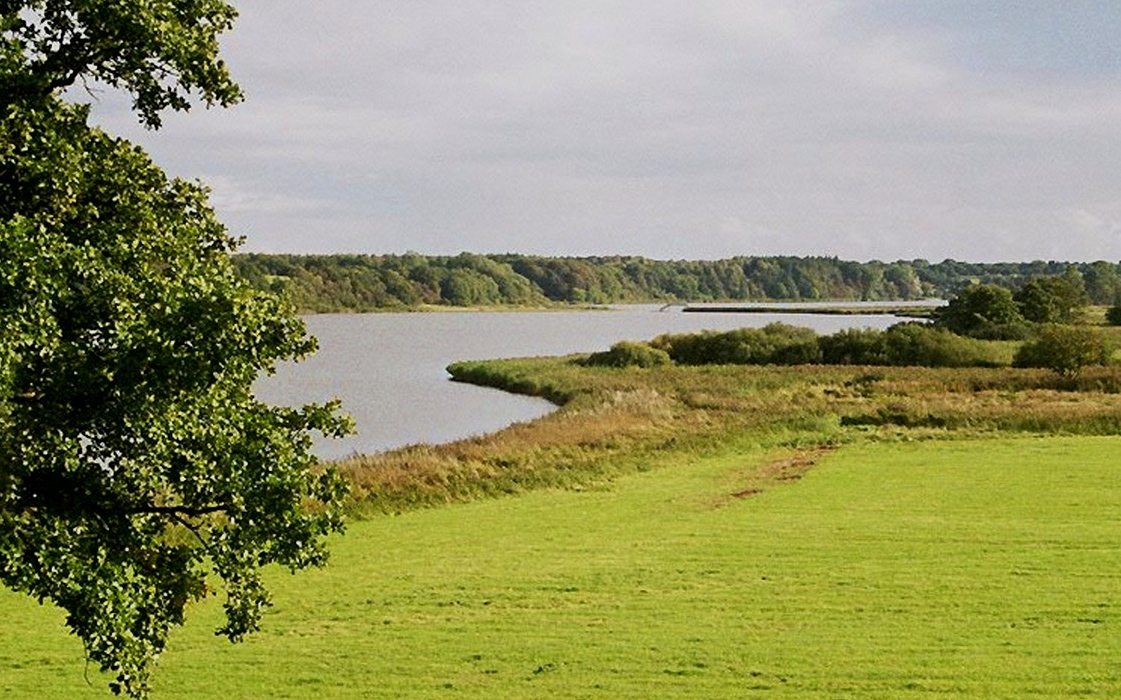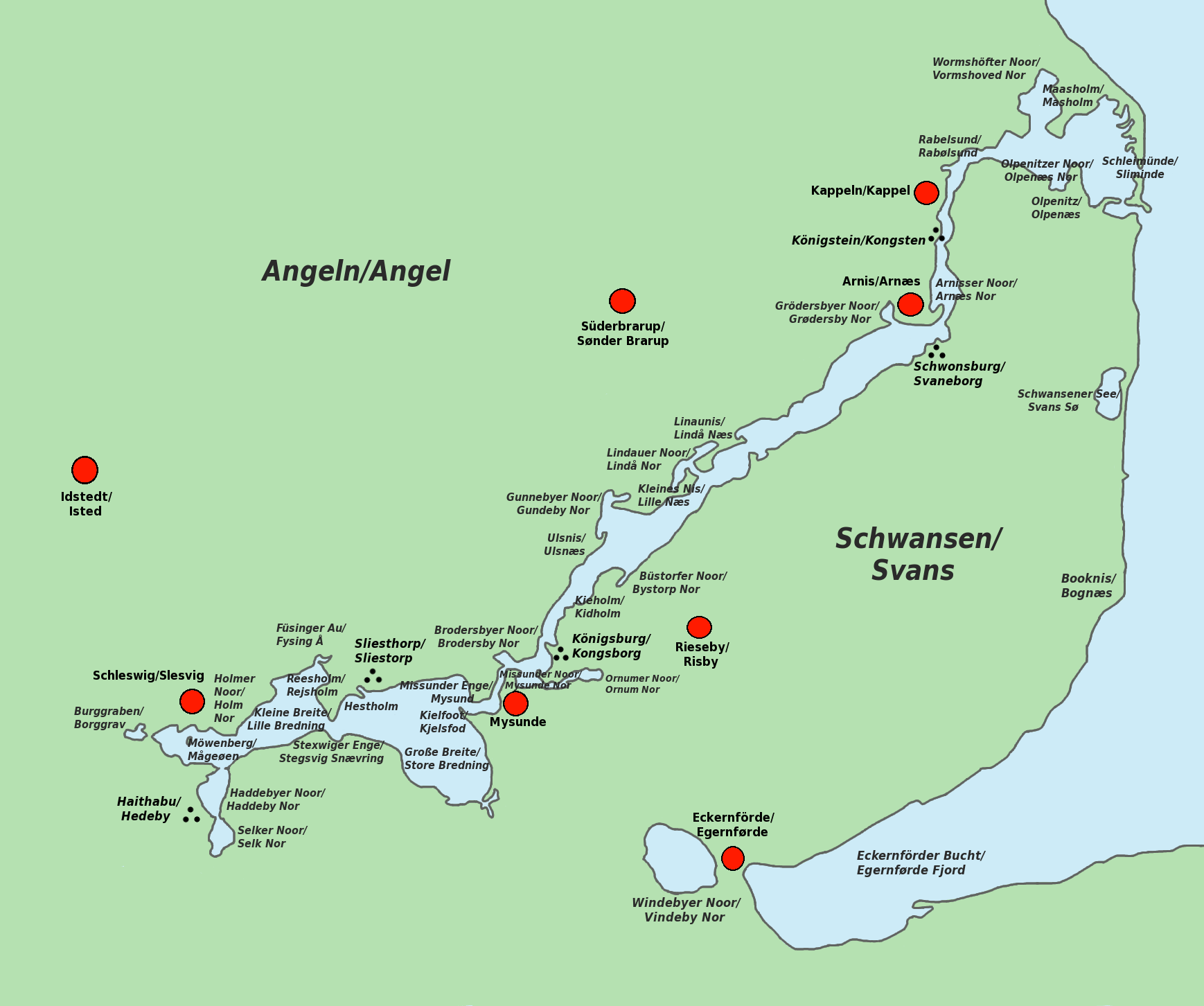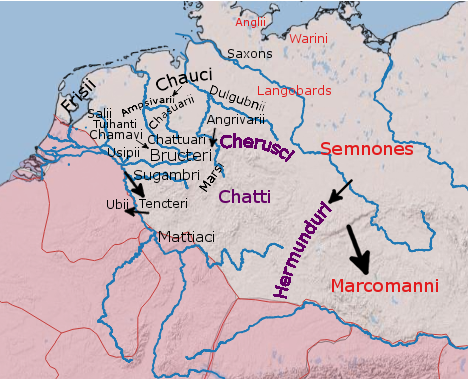|
Ring Castle
A Viking ring fortress, Trelleborg-type fortress, or trelleborg (pl. ''trelleborgs''), is a type of circular fort of a special design, built in Scandinavia during the Viking Age. These fortresses have a strictly circular shape, with roads and gates pointing in the four cardinal directions. Inside the fort, each quadrant has one, in a single case four, square blocks of longhouses, completing the geometric symmetry. There are a total of five confirmed Viking ring fortresses at present, located in Denmark (although sites in Sweden and across Northern Europe have similar construction). They have been dated to the reign of Harold Bluetooth of Denmark, with an estimated near contemporary time of construction c. 980. Their exact historical context is subject to debate. In 2023, the five Danish forts were inscribed on the UNESCO World Heritage List because of their unique architecture and testimony to the military power of the Jelling Dynasty. Etymology This specific type of fortif ... [...More Info...] [...Related Items...] OR: [Wikipedia] [Google] [Baidu] |
Trelleborg (Slagelse)
The Trelleborg (or Trælleborg), west of Slagelse on the Danish island of Zealand, is one of seven known Viking ring castles. When built, the fortress was situated on a peninsula that jutted into the swampy area between two rivers. The swamp was connected to the Great Belt by a lake and could be navigated by Viking ships. Trelleborg is believed to have been ordered by King Harald Bluetooth in the year 980 AD and it might have commanded the Great Belt and its sea traffic, between the islands of Zealand and Funen. Trelleborg is the best preserved of the Viking ring fortresses. Since 1995, the Trelleborg Museum has presented the story of this particular fortress and the nearby area. Some of the artifacts found in connection with the archaeological excavations are on display at the museum, while others are on display at the Nationalmuseet in Copenhagen. Along with four other Viking ring fortresses in Denmark, Trelleborg was inscribed on the UNESCO World Heritage List in 2023 beca ... [...More Info...] [...Related Items...] OR: [Wikipedia] [Google] [Baidu] |
Saxons
The Saxons, sometimes called the Old Saxons or Continental Saxons, were a Germanic people of early medieval "Old" Saxony () which became a Carolingian " stem duchy" in 804, in what is now northern Germany. Many of their neighbours were, like them, speakers of West Germanic dialects, including the inland Franks and Thuringians to the south, and the coastal Frisians and Angles to the north who were among the peoples who were originally referred to as "Saxons" in the context of early raiding and settlements in Roman Britain and Gaul. To their east were Obotrites and other Slavic-speaking peoples. The political history of these continental Saxons is unclear until the 8th century and the conflict between their semi-legendary hero Widukind and the Frankish emperor Charlemagne. They do not appear to have been politically united until the generations leading up to that conflict, and before then they were reportedly ruled by regional "satraps". Previous Frankish rulers of Austrasia ... [...More Info...] [...Related Items...] OR: [Wikipedia] [Google] [Baidu] |
Ejderen
The Eider ( ; ; Latin: ''Egdor'' or ''Eidora'') is the longest river in the German state of Schleswig-Holstein. The river starts near Bordesholm and reaches the southwestern outskirts of Kiel on the shores of the Baltic Sea, but flows to the west, ending in the North Sea. The lower part of the Eider was used as part of the Eider Canal until that canal was replaced by the modern Kiel Canal. In the Early Middle Ages the river is believed to have been the border between the related Germanic tribes, the Jutes and the Angles, who along with the neighboring Saxons crossed the North Sea from this region during this period and settled in England. During the High Middle Ages the Eider was the border between the Saxons and the Danes, as reported by Adam of Bremen in 1076. For centuries it divided Denmark and the Holy Roman Empire. Today it is the border between Schleswig, Holstein and Eiderland, the northern and southern parts, respectively, of the modern German state of Schleswig-Hol ... [...More Info...] [...Related Items...] OR: [Wikipedia] [Google] [Baidu] |
Danevirke
The Danevirke or Danework (modern Danish language, Danish spelling: ''Dannevirke''; in Old Norse language, Old Norse: ''Danavirki'', in German language, German: ''Danewerk'', literally meaning ''Earthworks (archaeology), earthwork of the Danes'') is a system of Denmark, Danish fortifications in Schleswig-Holstein, Germany. This historically important linear defensive earthwork across the neck of the Jutland, Cimbrian peninsula was initiated by the Danes (Germanic tribe), Danes in the Iron Age Scandinavia, Nordic Iron Age about AD 650. It was later expanded multiple times during Denmark's Viking Age and High Middle Ages. The Danevirke was last used for military purposes in 1864 during the Second Schleswig War, Second War of Schleswig. The Danevirke consists of several walls, trenches and the Schlei Barrier. The walls stretch for 30 km, from the former Viking trade centre of Hedeby near Schleswig, Schleswig-Holstein, Schleswig on the Baltic Sea coast in the east to the extensiv ... [...More Info...] [...Related Items...] OR: [Wikipedia] [Google] [Baidu] |
Schleswig, Schleswig-Holstein
Schleswig (, , ; ; South Jutlandic: ''Sljasvig''; ) is a town in the northeastern part of Schleswig-Holstein, Germany. It is the capital of the ''Districts of Germany, Kreis'' (district) Schleswig-Flensburg. It has a population of about 27,000, the main industries being leather and food processing. It takes its name from the Schlei (Slien), an inlet of the Baltic Sea at the end of which it sits, and ''vik'' or ''vig'' which means "bay" in Old Norse language, Old Norse and Danish language, Danish. Schleswig or Slesvig therefore means "bay of the Schlei". History The Viking settlement of Hedeby, located south of the modern town, was first mentioned in 804. It was a powerful settlement in the Baltic Sea, Baltic region, dominating the area for more than 200 years. In 1050, following several destructions, the population was moved to the opposite shore of the Schlei, becoming the city of Schleswig. In 1066 Hedeby was finally destroyed, and Schleswig remained a part of the Danish kingdo ... [...More Info...] [...Related Items...] OR: [Wikipedia] [Google] [Baidu] |
Hedeby
Hedeby (, Old Norse: ''Heiðabýr'', German: ''Haithabu'') was an important Danish Viking Age (8th to the 11th centuries) trading settlement near the southern end of the Jutland Peninsula, now in the Schleswig-Flensburg district of Schleswig-Holstein, Germany. Around 965, chronicler Ibrahim ibn Yaqub visited Hedeby and described it as "a very large city at the very end of the world's ocean." Due to its unique position between the Frankish Empire and the Danish Kingdom, the settlement developed as a trading centre at the head of a narrow, navigable inlet known as the Schlei, which connects to the Baltic Sea. The location was favorable because there is a short portage of less than 15 km to the Treene River, which flows into the Eider with its North Sea estuary, making it a convenient place where goods and ships could be pulled on a corduroy road overland for an almost uninterrupted seaway between the Baltic and the North Sea and avoid a dangerous and time-consuming ci ... [...More Info...] [...Related Items...] OR: [Wikipedia] [Google] [Baidu] |
Schlei
The Schlei (; or e.g. in: Adolph Frederik Bergsøe: ''Den danske stats statistik'', Kjøbenhavn 1844, p. 156) is a narrow inlet of the Baltic Sea in Schleswig-Holstein in northern Germany. It stretches for approximately 20 miles (32 kilometers) from the Baltic near Kappeln and Arnis to the town of Schleswig. Along the Schlei are many small bays and swamps. It separates the Angeln peninsula to the north from the Schwansen peninsula to the south. The important Viking settlement of Hedeby was located at the head of the firth (fjord), but was later abandoned in favor of the town of Schleswig. A museum has been built on the site, telling the story of the abandoned town. Etymology The Schlei's name was once presumably ''Angel'',Wolfgang Laur: ''Historisches Ortsnamenlexikon von Schleswig-Holstein'', 2nd edition, Neumünster 1992. later giving its name to the region Angeln Angeln (; ) is a peninsula on the Baltic Sea, Baltic coast of Jutland, in the Bay of Kiel. It forms p ... [...More Info...] [...Related Items...] OR: [Wikipedia] [Google] [Baidu] |
Norsemen
The Norsemen (or Northmen) were a cultural group in the Early Middle Ages, originating among speakers of Old Norse in Scandinavia. During the late eighth century, Scandinavians embarked on a Viking expansion, large-scale expansion in all directions, giving rise to the Viking Age. In English-language scholarship since the 19th century, Norse seafaring traders, settlers and warriors have commonly been referred to as Vikings. Historians of Anglo-Saxon England often use the term "Norse" in a different sense, distinguishing between Norse Vikings (Norsemen) from Norway, who mainly invaded and occupied the islands north and north-west of Britain as well as Ireland and western Britain, and Danish Vikings, who principally invaded and occupied eastern Britain. History of the terms ''Norseman'' and ''Northman'' The word ''Norseman'' first appears in English during the early 19th century: the earliest attestation given in the third edition of the ''Oxford English Dictionary'' is from ... [...More Info...] [...Related Items...] OR: [Wikipedia] [Google] [Baidu] |
Angles (tribe)
The Angles (, ) were one of the main Germanic peoples who settled in Great Britain in the post-Roman period. They founded several kingdoms of the Heptarchy in Anglo-Saxon England. Their name, which probably derives from the Angeln peninsula, is the root of the name ''England'' ("Engla land", "Land of the Angles"), and ''English'', in reference to both for its people and language. According to Tacitus, writing around 100 AD, a people known as Angles (Anglii) lived beyond (apparently northeast of) the Lombards and Semnones, who lived near the River Elbe. Etymology The name of the Angles may have been first recorded in Latinised form, as ''Anglii'', in the ''Germania'' of Tacitus. It is thought to derive from the name of the area they originally inhabited, the Angeln peninsula, which is on the Baltic Sea coast of Schleswig-Holstein. Two related theories have been advanced, which attempt to give the name a Germanic etymology: # It originated from the Germanic root for "nar ... [...More Info...] [...Related Items...] OR: [Wikipedia] [Google] [Baidu] |
Jutland
Jutland (; , ''Jyske Halvø'' or ''Cimbriske Halvø''; , ''Kimbrische Halbinsel'' or ''Jütische Halbinsel'') is a peninsula of Northern Europe that forms the continental portion of Denmark and part of northern Germany (Schleswig-Holstein). It stretches from the Grenen spit in the north to the confluence of the Elbe and the Sude (river), Sude in the southeast. The historic southern border river of Jutland as a cultural-geographical region, which historically also included Southern Schleswig, is the Eider (river), Eider. The peninsula, on the other hand, also comprises areas south of the Eider (river), Eider: Holstein, the Saxe-Lauenburg, former duchy of Lauenburg (district), Lauenburg, and most of Hamburg and Lübeck. Jutland's geography is flat, with comparatively steep hills in the east and a barely noticeable ridge running through the center. West Jutland is characterised by open lands, heaths, plains, and peat bogs, while East Jutland is more fertile with lakes and lush fore ... [...More Info...] [...Related Items...] OR: [Wikipedia] [Google] [Baidu] |
Veleti
The Veleti, also known as Veletians, Wilzi, Wielzians, and Wiltzes, were a group of medieval Lechitic tribes within the territory of Western Pomerania, related to Polabian Slavs. They had formed together the Confederation of the Veleti, also known as the Union of the Veleti, a loose monarchic confederation of the tribes. Said state existed between the 6th and 10th centuries, after which, it was succeeded by the Lutician Federation. Name The name ''Veleti'' stems from the root ''vel-'' ('high, tall'). The Veleti were called by other names, probably given by their neighbours, such as ''Lutices'', ''Ljutici'', or ''Volki'', ''Volčki''. The latter means 'wolf', and the former probably 'fierce creature' based upon the comparison with the belarusian definition ''lyutyj zvěr''.' In common with other Slavic groups between the Elbe and Oder Rivers, they were often described by Germanic sources as Wends. In the late 10th century, they were continued by the Lutici. In Einhard's ''V ... [...More Info...] [...Related Items...] OR: [Wikipedia] [Google] [Baidu] |
Obotrites
The Obotrites (, ''Abodritorum'', ''Abodritos'') or Obodrites, also spelled Abodrites (), were a confederation of medieval West Slavic tribes within the territory of modern Mecklenburg and Holstein in northern Germany (see Polabian Slavs). For decades, they were allies of Charlemagne in his wars against the Germanic Saxons and the Slavic Veleti. The Obotrites under Prince Thrasco defeated the Saxons in the Battle of Bornhöved (798). The still-Pagan Saxons were dispersed by the emperor, and the part of their former land in Holstein north of Elbe was awarded to the Obotrites in 804, as a reward for their victory. This however was soon reverted through an invasion of the Danes. The Obotrite regnal style was abolished in 1167, when Pribislav was restored to power by Duke Henry the Lion, as Prince of Mecklenburg, thereby founding the Germanized House of Mecklenburg. Obotritic confederation The Bavarian Geographer, an anonymous medieval document compiled in Regensburg in 830, c ... [...More Info...] [...Related Items...] OR: [Wikipedia] [Google] [Baidu] |







